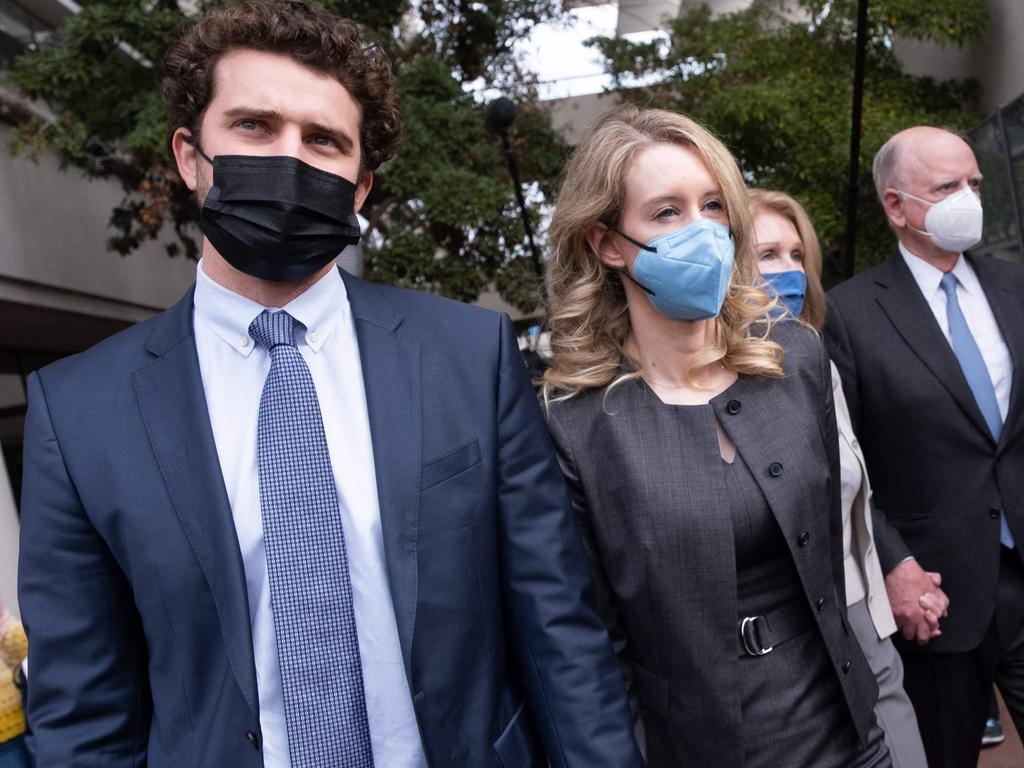Elizabeth Holmes: The rise and fall of Silicon Valley’s poster girl
Elizabeth Holmes was once touted as the Steve Jobs of biotech. Now her empire has been reduced to rubble and the legal fallout continues.
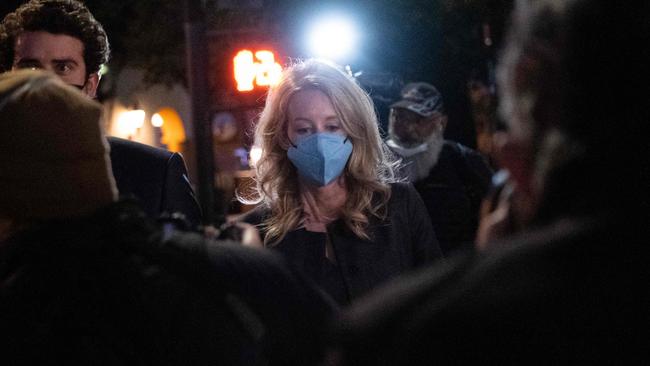
As she laid the first brick of her empire in 2003, Elizabeth Holmes turned to her parents. Money set aside for her education provided the foundations for the construction of a start-up that promised to revolutionise healthcare, a prospect so appealing that wealthy investors later provided cement in the form of hundreds of millions of dollars.
The business that crumbled in perhaps the biggest American corporate scandal of modern times was almost unrecognisable to the one that Holmes, then aged 19, dropped out of Stanford University to set up. It wasn’t called Theranos, for a start. Transforming medical testing wasn’t its central focus, either. And while it would go on to become one of Silicon Valley’s highest-profile companies, much of its first decade was spent in the shadows.
Out of the blue
Long before Holmes captured the imagination with proprietary testing technology that purportedly required only a few drops of blood from a pinprick, her idea was to develop a patch or pill that could analyse blood and administer medicine accordingly. The business was known as Real-Time Cures.
When she noticed considerable interest in the prospects of a blood-testing device, however, the company’s focus shifted. It raised funds from investors including Don Lucas, the venture capitalist, and changed its name to Theranos (a hybrid of “therapy” and “diagnosis") in 2005.
At this point Holmes planned to work alongside drugs makers during their clinical trials, supplying testing equipment. Theranos worked with several companies over the years that followed and on several programmes with the US Department of Defense, although no partnership was formalised.
One key deal sought by Theranos, with Pfizer, failed to materialise. Shane Weber, a former scientist at the pharmaceuticals group, conducted due diligence on the start-up in 2008 and raised questions about the accuracy of some of its claims. He scrutinised one document from Theranos based on a 15-month study that had started the previous year, using its devices to measure how 27 cancer patients responded to treatment. Theranos failed to sufficiently explain vast variations in the study, Weber told Holmes’ federal trial in San Jose, California, and presented conclusions that were “not believable”.
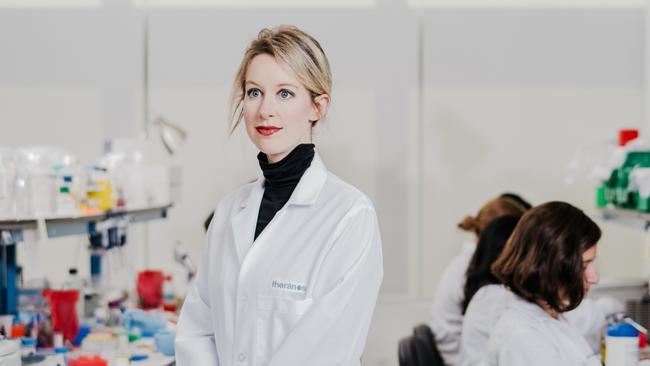
By 2009 Theranos was on the verge of running out of money, prosecutors alleged, and Holmes turned to Ramesh “Sunny” Balwani, a software entrepreneur, who guaranteed a line of credit for the company. He joined the business that autumn and became its president and chief operating officer.
At this point, her trial was told, Holmes turned to fraud. “Out of time and out of money, Elizabeth Holmes decided to lie,” Robert Leach, one of the prosecutors, said. In court, Holmes denied that she had ever taken steps to try to mislead investors.
It was not widely known at the time that Balwani was also Holmes’ boyfriend. They lived together.
Theranos pivoted again in 2010. Rather than offering its technology primarily to the drugs industry, it sought to cast its net wider. What if it developed a blood-testing system that could be used independently, beyond laboratories, in homes, stores and warzones? A fundraising that year lifted the group’s valuation above dollars 1 billion.
It presented its new proposition - in-store tests for customers, with results sent to their phones - to America’s largest pharmacy chains. “This was one of the most exciting companies that we had seen, maybe not just in lab but in general,” Wade Miquelon, former chief financial officer at Walgreens Boots Alliance, told the trial.
As Theranos courted its business, the start-up sent documents including one that carried the logo of Pfizer. Holmes said she had added the logo to convey that the report included work conducted in conjunction with Pfizer. But Pfizer did not reach the same conclusions that Theranos printed in the paperwork, or give permission for its logo to be used, prompting prosecutors to allege the document had been doctored in order to trick Walgreens into partnering with Theranos.
Steven Burd, a former chief executive of Safeway, described how Holmes had “owned the room” when addressing the retail group’s directors. It signed a contract with Theranos in September 2010 and decided to invest more than dollars 350 million in the partnership, rolling out hundreds of clinics in its stores across America.
However, Burd grew frustrated as the launch date was postponed. “I feel like a jogger running in place waiting for the stop light to turn green,” he emailed Holmes in November 2012. When Burd retired the following May, testing services had yet to launch in Safeway outlets. They never would.
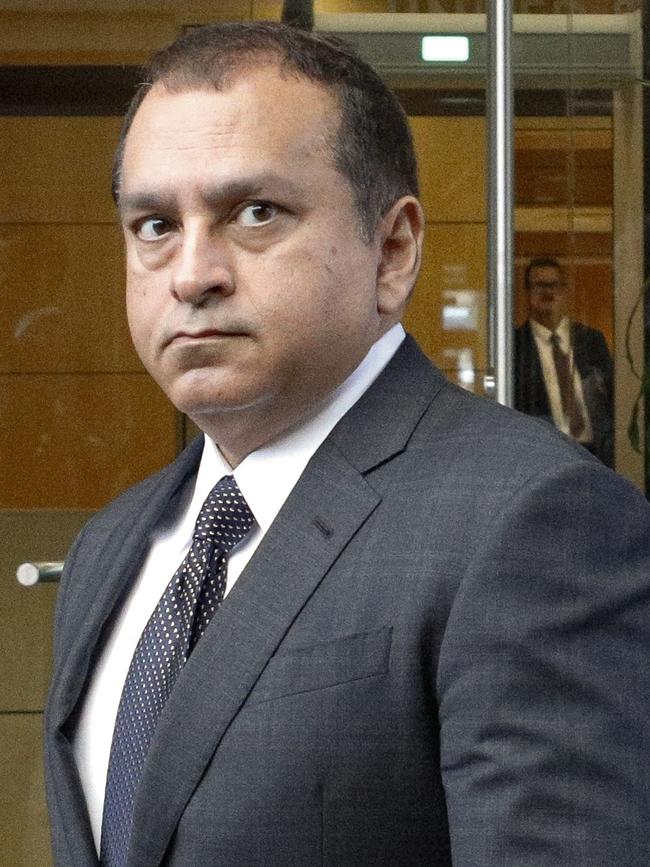
Visitors touring Theranos’s HQ encountered a carefully crafted depiction of its operations, according to Daniel Edlin, a former product manager. Among those was Joe Biden who as vice president in 2015 visited the Theranos facility in California and called it “a laboratory of the future”.
Edlin described setting up about a dozen of the company’s MiniLab machines in 2013 in a room next door to a clinical lab so guests could see them, only to remove them later. Edlin said he learnt later the device had never been used to test patient blood.
A long-term partnership was announced in September 2013 in a press release that promised a nationwide rollout of testing sites inside Walgreens’ pharmacies.
According to Holmes, a request from Walgreens the previous year prompted a fundamental change. Rather than test “fingerstick” blood samples on Theranos devices within the chain’s stores, it asked the company to run the tests itself within its own laboratory. This prompted a deluge of samples, but its proprietary devices could handle only one at a time. Theranos quietly started to use commercial, widely available blood analysers. These were modified to work with small samples, rather than standard vials, of blood.
Out for blood
Refunding Blue Cross Blue Shield, an insurer that said Theranos had failed to meet contractual obligations,
put pressure on the company in the summer of 2013. It paid dollars 18.5 million. But that September also marked a turning point. The company took its pitch to the world.
Its founder’s first big interview appeared that month in The Wall Street Journal. Holmes reviewed the article before its publication. Prosecutors later claimed it “falsely” suggested that Theranos had “revolutionised” testing with proprietary technology. Nine months later, Holmes was on the cover of Fortune magazine. “This CEO is out for blood” was the headline of the profile that initiated her rapid ascent into the public eye. Roger Parloff, who wrote the piece, said that Holmes had told him the US military was using Theranos in Afghanistan, but would not permit him to report this.
The publicity drive coincided with a fundraising campaign. In late 2013, prosecutors claimed, Theranos had only enough cash to fund its operations for a few more months. By early 2015, it had raised more than dollars 700 million.
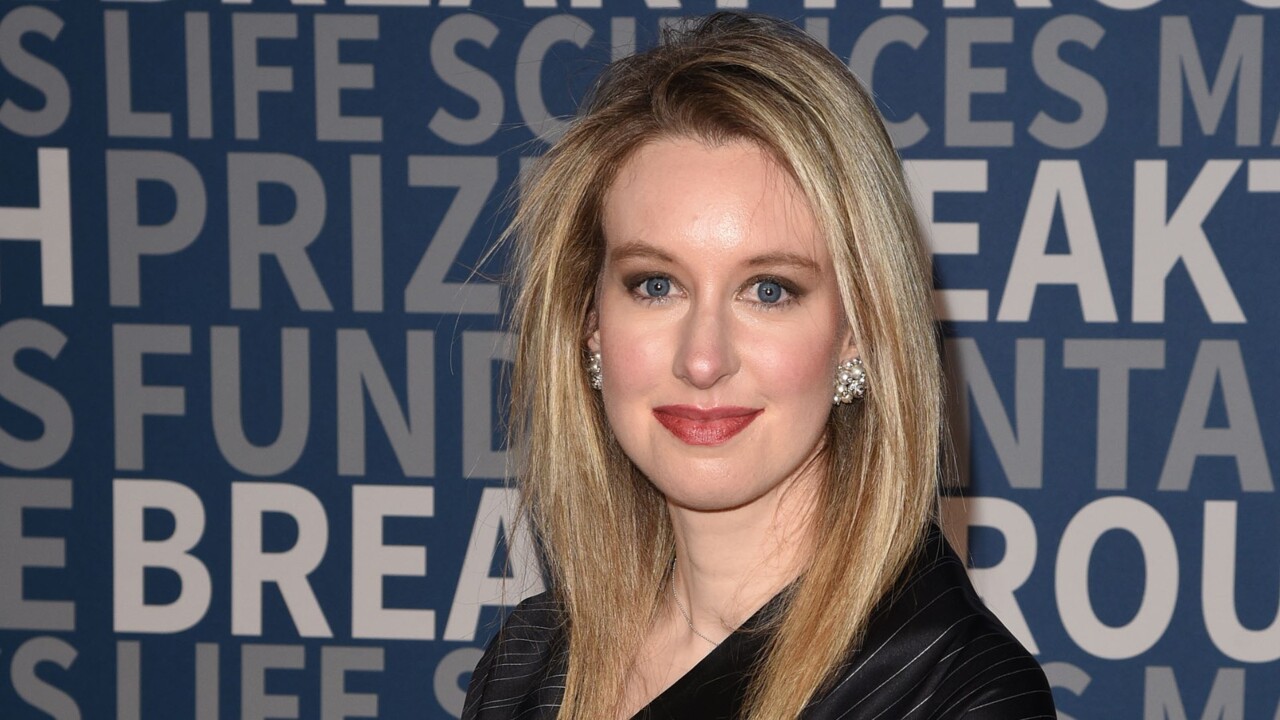
Theranos used the glowing coverage to raise funds. Its valuation reached dollars 9 billion. Investors included the family office of Betsy DeVos, which invested about dollars 100 million in 2014, and the Walton family, heirs to the Walmart fortune, which invested dollars 150 million. Holmes was proclaimed the world’s youngest self-made female billionaire.
But behind the scenes, all was not what it seemed. Erika Cheung joined Theranos in October 2013 and worked as a laboratory associate. While Theranos had said that its proprietary devices could process more than 200 tests with few drops of blood, Cheung testified that they could process only a dozen. Moreover, she said, the third-party machines it used to run most tests were not built to process such small samples. Cheung grew “really stressed and uncomfortable” with what she saw. She sought to raise her concerns, but Balwani, who oversaw the company’s day-to-day operations, questioned her qualifications. She resigned in April 2014.
Privately, Balwani’s text messages to Holmes indicated that he, too, was at times uneasy about the company’s operational performance. “FYI, I am worried about over exposure without solid substance, which is lacking right now,” he wrote in April 2015.
Out of time
That month, they were aware of a Wall Street Journal reporter investigating Theranos and planning to visit one of its testing sites. Holmes had spent more than a year promoting the company’s “fingerstick” technology, said to require only tiny blood samples - but messages show that she and her deputy knew the journalist, John Carreyrou, might be offered a standard intravenous draw. “Better a perfect venipuncture than bad fingerstick,” Balwani wrote.
They dispatched lawyers to handle Carreyrou and his sources, claiming that trade secrets had been disclosed. Holmes appealed directly to Rupert Murdoch, who had invested dollars 125 million in Theranos, as she sought to quash the story. Murdoch is executive chairman of News Corp, ultimate owner of The Wall Street Journal and The Times.
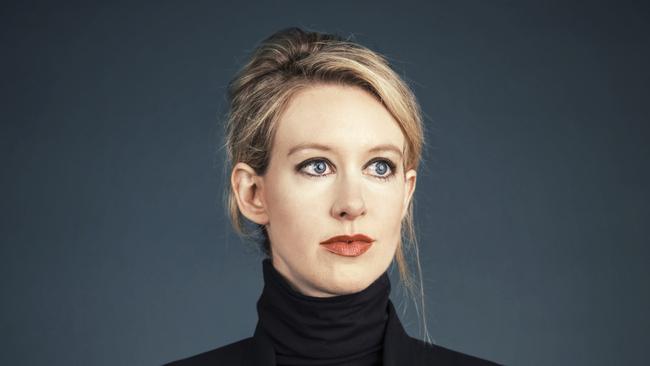
In October 2015, the Journal reported that Theranos’s proprietary technology was handling only a fraction of its blood tests. The company promptly dismissed its investigation. Holmes claimed it had “never used commercially available lab equipment for fingerstick-based tests”.
At her trial, she reflected that Theranos had “totally” mishandled the expose. Public denials failed to reassure her company’s investors and corporate partners. Media outlets turned sour: Fortune published a follow-up to its profile entitled “How Theranos Misled Me”; Forbes revised its estimate of Holmes’ net worth to zero.
Government intervention pushed Theranos over the edge. A report in January 2016 by the US Centers for Medicare & Medicaid Services warned of an “immediate jeopardy to patient health and safety” after an inspection at Theranos’s laboratory in Newark, California. Balwani left months later and, according to Holmes, their relationship ended around the same time.
The company ultimately voided all tests it conducted during 2014 and 2015. Walgreens terminated its partnership with Theranos. In July 2016 regulators banned Holmes from owning or operating a medical laboratory.
In March 2018 the US Securities and Exchange Commission charged Theranos, Holmes and Balwani with raising more than dollars 700 million from investors through an “elaborate, years-long fraud” in which it said they had “exaggerated or made false statements” about its technology and financial performance. Theranos and Holmes agreed to settle, without admitting or denying the charges. Holmes paid dollars 500,000, was barred from serving as an officer or director of a public company for a decade and relinquished control of Theranos.
Three months later, Holmes and Balwani were indicted. The Theranos dream finally died that September, when it announced plans to dissolve.
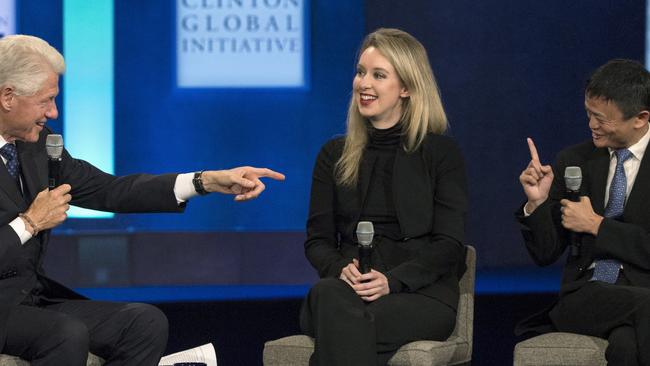
In court, Holmes conceded Theranos had used commercial analysers. This was not shared, she said, to protect trade secrets. While investors testified of their understanding from Holmes that Theranos technology had been used on the battlefield, she conceded its machines were never used on military medical evacuation helicopters. She also said that its proprietary device had handled only 12 different tests; shy of the hundreds that had been claimed.
Holmes maintained that she had never deceived anyone about Theranos’s technology and denied that investors had lost money as a result of her attempts to mislead them. She may have proclaimed her innocence, but the jury disagreed: it decided that she was guilty of four of the eleven fraud charges she faced.
At an event alongside Holmes, weeks before Theranos started to crumble, Bill Clinton assured the audience that - thanks to the start-up and its founder - their future was “in good hands”. All that is now in the past. Her empire has been reduced to rubble and the legal fallout continues. Balwani is due to face trial over the same charges in the coming months. He has pleaded not guilty.
The Times


